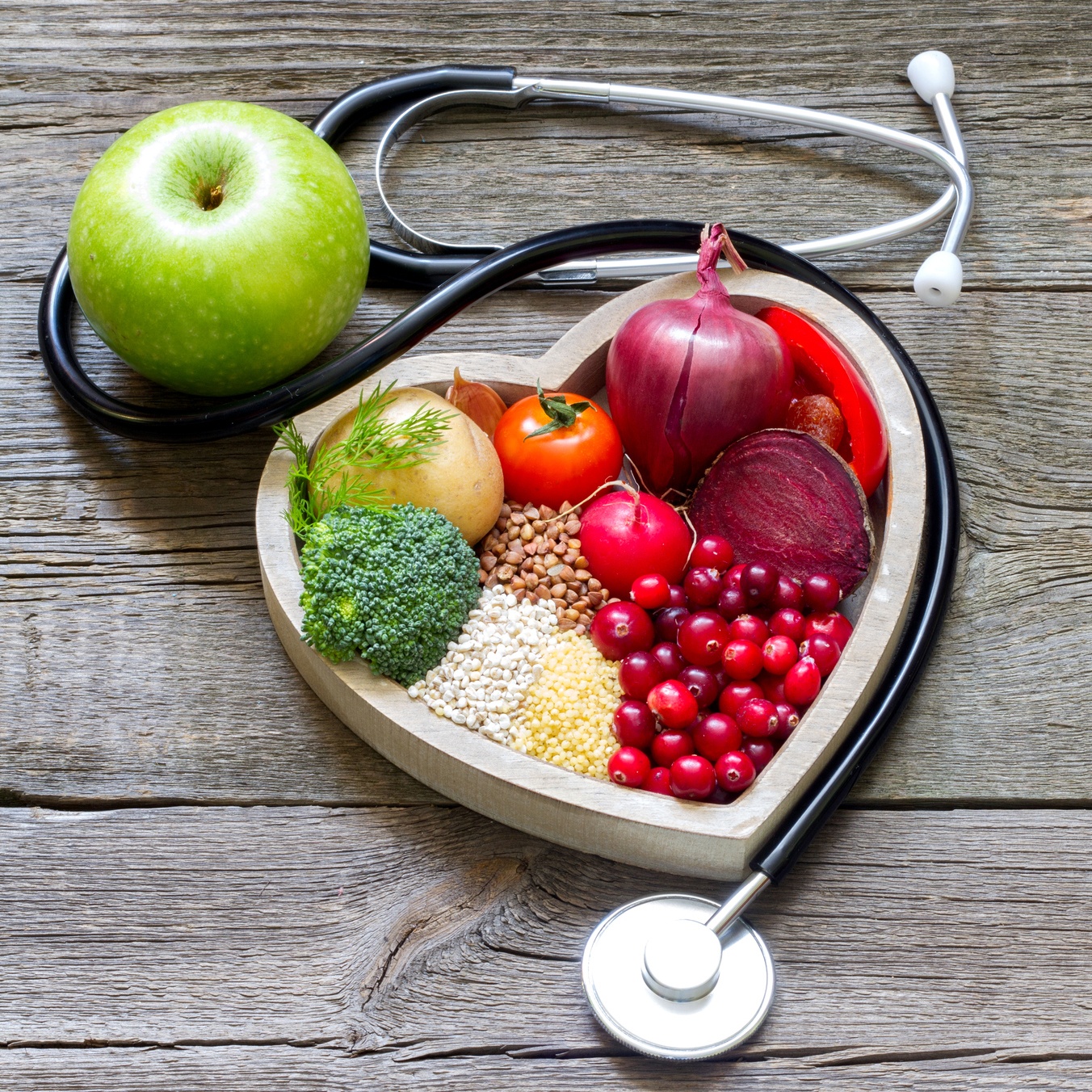Good nutrition is essential for optimal health for people of any age, including older adults. New nutrition guidelines, the 2015-2020 Dietary Guidelines for Americans, was recently released. As a corollary, a revised MyPlate for Older Adults icon was created, showing healthy foods arranged on a plate; their proportions demonstrate how much of each food belongs in an older adult’s diet.
Diets That Make Sense for Older Adults
A panel of health and nutrition experts reviewed 35 top diets, determining which ones were heart-healthy, diabetes-friendly and easy to follow, along with their potential for weight loss. One expert, dietitian Amy Campbell, gives a thumbs up to the DASH, TLC and Mediterranean diets, noting how they are effective in managing diabetes and blood pressure, as well as weight loss.
Campbell points out that, as people are living longer, more weight issues are being seen in this demographic, so calorie reduction may be needed. Older women, she says, need between 1,600 to 2,200 calories daily, depending on levels of activity; men need between 2,000 and 2,800 daily calories. And, although fewer calories are needed, more protein is required. This helps to prevent osteoporosis and lowered immunity.
This means that you need to pay attention to what, specifically, you’re eating, not just the calories involved—and “not just eating a bowl of cereal for dinner or making entire meals of toast and tea.” She reminds us, too, that protein doesn’t have to mean animal protein. Other nutritious sources include beans, lentils and chickpeas.
Michael Davidson, director of preventive cardiology at the University of Chicago Medical Center, likes the simplicity of the Weight Watchers program. He appreciates how the diet is tailored for each individual, based on height, weight, age and gender, and how you can easily create a balanced nutrition plan. It’s important, he adds, to choose a diet that can fit into your lifestyle, long-term.
Highlights of a Healthy Plate
Fruits and vegetables fill up nearly half of the MyPlate icon, with dark, leafy vegetables praised for their rich nutrients. Plant-based foods are also an excellent source of fiber, important to avoid constipation and its subsequent health issues. When choosing fruits and veggies, select whole ones with “deeply colored flesh.” Berries were singled out as potentially protecting aging brains.
Some older adults prefer canned and frozen foods because of their convenience. These foods also last longer and can make portion control more straightforward. Low-sodium varieties are recommended, along with canned goods that come in their own juices.
Want to add flavor to your dishes? Put away the salt and choose flavorful herbs and spices. Select healthy fats from liquid vegetable oils and soft margarine—and don’t forget your fluids! When younger, thirst can signal a need for fluids, but that signal can diminish with age. Get your fluids from water, fruits and vegetables, soups, coffee and tea.
Dairy also belongs on the plate, with fat-free or low-fat versions recommended. Milk, cheese and yogurt contain calcium, protein and other valuable nutrients. Whole grains (breads and pastas, and fortified cereals) add the dietary fiber and B vitamins essential to a balanced diet.
Don’t Forget the Placemat!
On the new MyPlate, the placemat contains icons representing swimming, walking and biking, to emphasize the importance of regular exercise.
Want to learn more about eating guidelines for older adults? Let Kendal at Home help guide the way.














